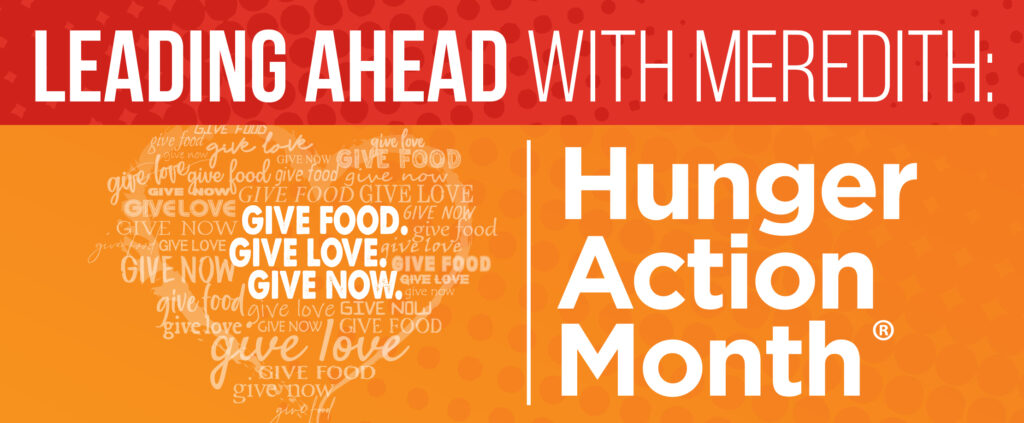Low food security (formerly known as “Food insecurity without hunger.”)
- Reports of reduced quality, variety, or desirability of diet. Little or no indication of reduced food intake.1
Very low food security (formerly known as “Food insecurity with hunger.”)
- Reports of multiple indications of disrupted eating patterns and reduced food intake.1
As the election draws near, organizations focused on hunger relief remain consistent in encouraging legislators to develop a strong Farm Bill in order to protect our most vulnerable citizens.
What is it?
The Farm Bill is the federal government’s main legislation on all things agriculture and food policy. Within it lies a nutrition component which determines funding for safety net programs such as:
- Women, Infants and Children (WIC)
- Supplemental Food Assistance Program (SNAP – formerly known as food stamps)
- The Emergency Food Assistance Program (TEFAP) – This program helps stock the shelves of food pantries. TEFAP represents about one-third of the Foodbank’s overall food distribution. We cannot make up the loss from cuts to this program with private or food industry donations.
- Commodity Supplemental Food Program (CSFP) – This program provides a monthly box of nutritious supplemental food to income-eligible seniors in need. The Foodbank distributes on average 10,000 CSFP cases each month through the bi-state region. We cannot make up the loss from cuts to this program with private or food industry donations.
Why is it important?
Over the past three years, Missouri has ranked fifth among states with the highest percentage of its citizens living with very low food security – 6.7 percent2. In Illinois, 4.5 percent are living with very low food security.
Added together, this means that nearly one million people in Missouri and Illinois are living with disrupted eating patterns and reduced food intake. In layman’s terms, this means simply that meals are being skipped – by everyone.
Parents are going without so their kids have enough to eat. Or, even worse, kids are skipping dinner because there just isn’t anything available.
Still, some policy-makers continue to dismiss the merits of strong safety net programs like SNAP and TEFAP.
Balancing a budget is important. Any business – even those in the nonprofit sector – can’t spend more money than it makes in revenue. But surely there are areas in which to cut that wouldn’t be so detrimental to the most vulnerable among us.
What can I do about it?
Please visit this link to send a note to legislators about the importance of these important safety net programs. Let them know that balancing the budget should not be done on the backs of those already facing such difficult choices.
1: Source: United States Department of Agriculture Economic Research Service
2: Prevalence of Household-Level Food Insecurity and Very Low Food Security by State 2009-2011 (Average), Food Research & Action Center (FRAC), https://frac.org .
Matt Dace is the senior vice president at the St. Louis Area Foodbank



